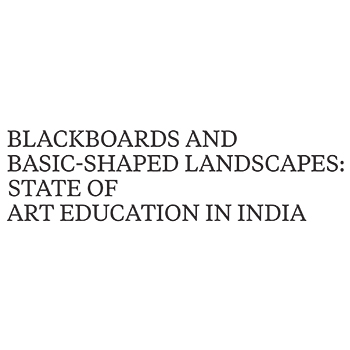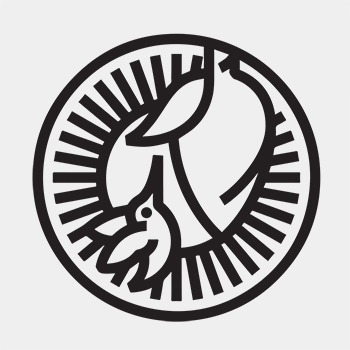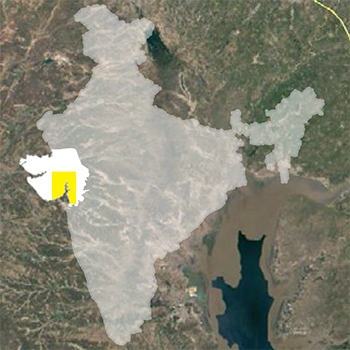Over 30 million children in India attend classes 7 and 8, with 6.7 million teachers teaching up to secondary (classes 5–7) schools. Of these, art, craft, dance, and theatre teachers are called specialists. Many Indian states have cut down on the number of specialist teachers appointed to fill the vacancies left by retiring teachers as well as new appointments. For example, in Kerala, where new appointments hadn’t been made since the Right to Education Act in 2009, fresh art teacher appointments were made in 2016. The state provides teachers with a comprehensive syllabus, lesson plan, and evaluation criteria. The syllabus is outlined in separate source books for primary (classes 1st to 7th) and high school (classes 8th to 10th). A state resource group (SRG) of teachers, aided by artists and content creators, curates and prepares this material. The state of Maharashtra instituted elementary and intermediate drawing exams in 1880 to help children interested in art take it up professionally. Qualifying these exams helps children pursue careers in art education.
The interviews reveal that art teachers in schools often cater only to the syllabus of such examinations by tailoring class lessons according to the syllabus. The well-performing students are advised and coached separately to appear for the exams. Almost all art teachers we interviewed in Maharashtra taught the exam syllabus in classrooms and conducted private lessons for students preparing for the exams. We realised that the artwork produced by children was a direct consequence of the evaluation-focused instruction provided by teachers; hence, a study of the teachers’ perspective on art education was necessary.



